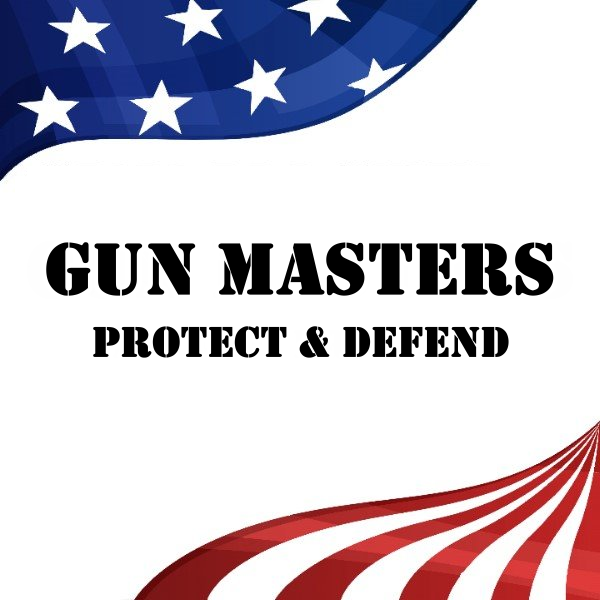
free shipping orders over $25
We’re having a 15% off sale on all our products. Enter your email below to be notified about future sales.


Non-lethal self-defense tools are devices designed to protect individuals by incapacitating or deterring potential threats without causing permanent harm. These tools include a wide range of options, such as pepper spray, stun guns, personal alarms, and even tactical flashlights. Unlike firearms or other lethal weapons, non-lethal tools prioritize safety and aim to neutralize threats temporarily, giving users the opportunity to escape or call for help.
The primary purpose of these tools is to provide a means of self-defense that minimizes the risk of fatal outcomes for both the user and the aggressor. For instance, pepper spray can temporarily blind and disorient an attacker, while a stun gun delivers an electric shock that immobilizes them for a short period. Personal alarms, on the other hand, emit loud, attention-grabbing sounds to deter threats and alert others nearby.
Non-lethal self-defense tools are becoming increasingly popular as people seek effective ways to protect themselves without the moral and legal complexities associated with lethal weapons. They offer a practical solution for individuals who want to feel secure in their daily lives while adhering to ethical and legal standards.
One of the most significant advantages of non-lethal self-defense tools is their legal accessibility. In many jurisdictions, owning and carrying firearms requires extensive background checks, permits, and training. In contrast, non-lethal tools are often subject to fewer restrictions, making them a more accessible option for the general public. For example, pepper spray and personal alarms are legal in most areas, though some regions may have specific regulations regarding their use.
From an ethical standpoint, non-lethal tools align with the principle of minimizing harm. They provide a way to protect oneself without resorting to potentially deadly force, which can have lasting emotional and legal consequences. Choosing non-lethal options reflects a commitment to prioritizing safety for all parties involved, including the aggressor. This approach is particularly important in situations where misunderstandings or non-violent conflicts escalate unexpectedly.
Moreover, non-lethal tools can help reduce the risk of accidental harm. Firearms, for instance, carry the potential for unintended injuries or fatalities, especially in high-stress situations. Non-lethal tools, on the other hand, are designed to incapacitate without causing permanent damage, making them a safer choice for self-defense.
Non-lethal self-defense tools are designed with user-friendliness in mind, making them accessible to a wide range of individuals. Unlike firearms, which often require extensive training to use effectively, many non-lethal tools can be operated with minimal instruction. For example, pepper spray typically involves a simple point-and-spray mechanism, while personal alarms only require the press of a button to activate.
This ease of use makes non-lethal tools particularly appealing to demographics that may feel less confident handling firearms, such as women, seniors, and individuals with limited physical strength. A senior citizen, for instance, may find it challenging to wield a firearm but can easily carry and deploy a compact stun gun or personal alarm.
Additionally, non-lethal tools are widely available and affordable, making them an accessible option for people from various socioeconomic backgrounds. They can be purchased online, at local retailers, or through specialized self-defense stores, often without the need for extensive paperwork or background checks.
Investing in non-lethal self-defense tools is significantly more cost-effective than purchasing and maintaining firearms. The initial cost of a firearm can range from hundreds to thousands of dollars, not to mention the additional expenses for permits, training courses, ammunition, and regular maintenance. In contrast, non-lethal tools like pepper spray or personal alarms are typically priced under $50, with some options available for even less.
Moreover, non-lethal tools require little to no ongoing maintenance. Unlike firearms, which need regular cleaning and upkeep to remain functional, tools like stun guns or tactical flashlights are low-maintenance and often come with rechargeable batteries or replaceable components. This affordability and simplicity make non-lethal tools an attractive option for individuals seeking effective self-defense solutions without breaking the bank.
One of the standout features of non-lethal self-defense tools is their portability. Most of these tools are compact and lightweight, making them easy to carry on a daily basis. For instance, pepper spray can fit comfortably in a pocket or purse, while personal alarms are often designed to attach to keychains or backpacks.
This portability ensures that users can keep their self-defense tools within reach at all times, whether they’re commuting, jogging, or running errands. The discreet nature of these tools also allows individuals to carry them without drawing attention, providing an added layer of security.
For example, a college student walking home late at night can carry a small stun gun in their bag without feeling burdened by its weight or size. Similarly, a jogger can clip a personal alarm to their waistband for quick access in case of an emergency.
Non-lethal self-defense tools are incredibly versatile, making them suitable for a wide range of scenarios. Whether you’re navigating a crowded urban environment, hiking in a remote area, or securing your home, there’s a non-lethal tool designed to meet your needs.
For instance, personal alarms are ideal for urban settings where drawing attention to a threat can deter attackers and summon help. Pepper spray, on the other hand, is a popular choice for outdoor activities, as it can be used to ward off both human and animal threats. Tactical flashlights serve a dual purpose, providing illumination in low-light conditions while also functioning as a self-defense tool with their sturdy construction and blinding light capabilities.
This adaptability ensures that non-lethal tools can be integrated into various aspects of daily life, offering peace of mind in diverse situations.
The demand for non-lethal self-defense tools has surged in recent years, driven by growing awareness of personal safety and advancements in technology. Manufacturers are continually innovating to create more effective and user-friendly products, catering to the diverse needs of consumers.
For example, smart stun guns equipped with safety features like fingerprint recognition are now available, ensuring that only authorized users can operate them. Similarly, GPS-enabled personal alarms can send real-time location data to emergency contacts, providing an added layer of security.
This wave of innovation has made non-lethal tools more appealing and accessible than ever before, encouraging more people to invest in their personal safety.
Carrying a non-lethal self-defense tool can provide a profound sense of security and empowerment. Knowing that you have a means to protect yourself in potentially dangerous situations can alleviate anxiety and boost confidence.
This psychological benefit is particularly valuable for individuals who may feel vulnerable in certain environments, such as women walking alone at night or seniors living in high-crime areas. By equipping themselves with non-lethal tools, they can navigate their daily lives with greater peace of mind.
The widespread adoption of non-lethal self-defense tools can contribute to creating safer communities. By providing individuals with effective means of protection, these tools can help reduce the likelihood of violent encounters and promote a culture of safety and responsibility.
For example, if more people carry personal alarms or pepper spray, potential attackers may think twice before targeting them, knowing that their actions could be thwarted. This deterrent effect can have a ripple effect, encouraging safer behavior and reducing crime rates over time.
When selecting a non-lethal self-defense tool, it’s essential to consider factors such as effectiveness, ease of use, and local regulations. For instance, some states have restrictions on the strength of pepper spray or the voltage of stun guns, so it’s crucial to research the laws in your area before making a purchase.
Additionally, consider your specific needs and lifestyle. If you frequently walk or jog alone, a personal alarm or pepper spray may be the best choice. For home defense, a tactical flashlight or stun gun could be more suitable.
Reputable brands like Sabre, TASER, and Guard Dog Security offer a wide range of high-quality non-lethal tools, ensuring that you can find a product that meets your needs and budget.